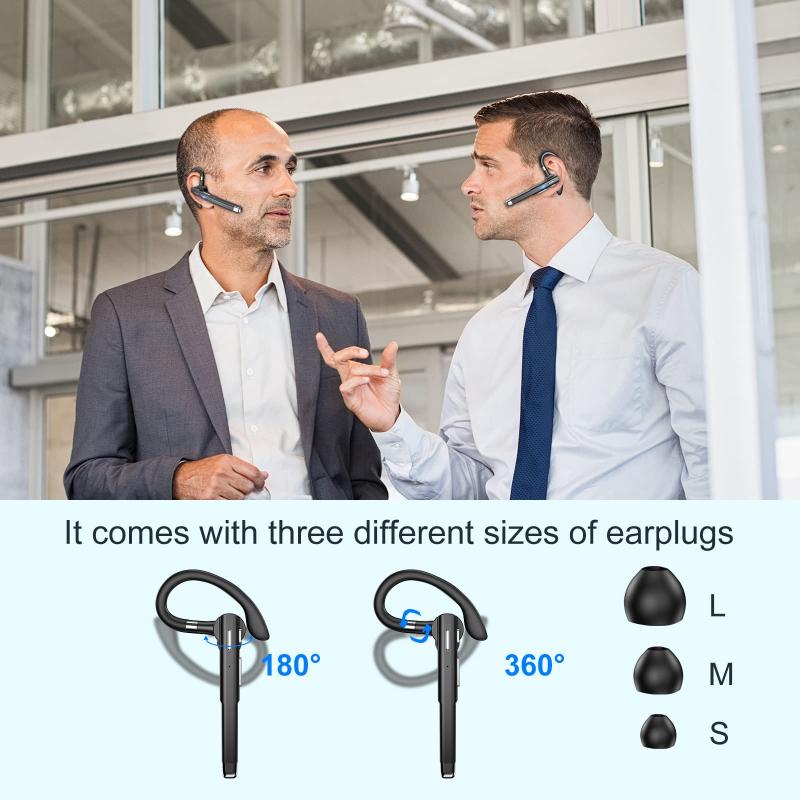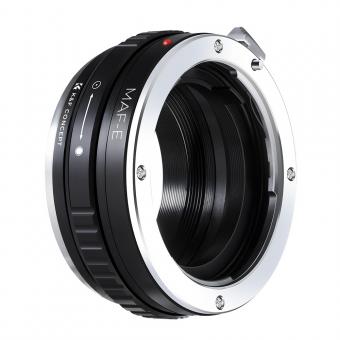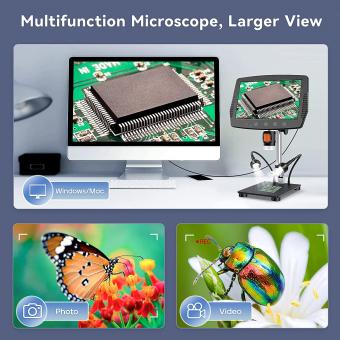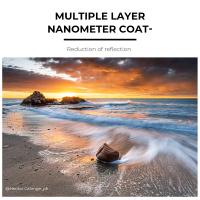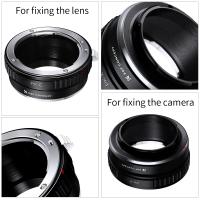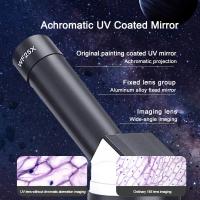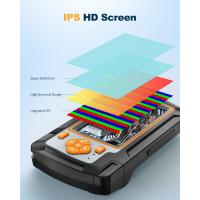How Did Microscopes Contribute To Cell Theory ?
Microscopes played a crucial role in the development of cell theory. By allowing scientists to observe cells in detail, microscopes provided evidence for the existence of cells and their fundamental properties. The invention of the compound microscope in the 17th century enabled scientists like Robert Hooke to observe and describe cells for the first time. Hooke's observations of cork cells under a microscope led to the term "cell" being coined. Later, Anton van Leeuwenhoek's advancements in microscope technology allowed him to observe living cells, including bacteria and protozoa. These observations provided further evidence for the existence of cells and their diverse forms. The use of microscopes also facilitated the work of other scientists, such as Matthias Schleiden and Theodor Schwann, who formulated the cell theory based on their observations of plant and animal tissues. Overall, microscopes revolutionized our understanding of cells and played a pivotal role in the development of cell theory.
1、 Discovery of cells through improved magnification and resolution.
Microscopes have played a crucial role in the development and advancement of cell theory. The discovery of cells through improved magnification and resolution was a significant breakthrough that revolutionized our understanding of life and laid the foundation for modern biology.
Before the invention of microscopes, cells were not known to exist. It was only through the use of microscopes that scientists were able to observe and study the intricate structures and processes within living organisms. The development of more powerful microscopes with higher magnification and resolution allowed scientists to delve deeper into the microscopic world and uncover the existence of cells.
The first observations of cells were made by Robert Hooke in 1665, who used a compound microscope to examine thin slices of cork. He observed small, box-like structures that he called "cells" due to their resemblance to the cells of a monastery. This discovery marked the beginning of cell theory.
Further advancements in microscopy techniques, such as the development of electron microscopes in the 20th century, allowed scientists to visualize cells in even greater detail. Electron microscopes use a beam of electrons instead of light, enabling much higher magnification and resolution. This led to the discovery of subcellular structures, such as organelles within cells, and provided a deeper understanding of cellular processes.
Today, microscopy techniques continue to evolve, with the development of super-resolution microscopy techniques that can visualize structures at the nanoscale. These advancements have allowed scientists to study cellular processes at an unprecedented level of detail, leading to new insights into cell biology and disease mechanisms.
In conclusion, the discovery of cells through improved magnification and resolution provided by microscopes has been instrumental in the development of cell theory. It has allowed scientists to observe and study the fundamental unit of life, leading to a deeper understanding of biological processes and paving the way for advancements in various fields of science and medicine.

2、 Observation of cellular structures and organelles.
Microscopes have played a crucial role in the development and advancement of cell theory. The ability to observe cellular structures and organelles through microscopes has provided scientists with the necessary evidence to support and refine this fundamental theory.
Before the invention of microscopes, cells were not known to exist. It was only through the use of microscopes that scientists were able to observe and study cells in detail. The first observations of cells were made by Robert Hooke in the 17th century, who used a compound microscope to examine thin slices of cork. He observed small, box-like structures that he called "cells," which were actually the cell walls of dead plant cells. This discovery laid the foundation for the concept of cells as the basic building blocks of life.
As microscopes improved over time, scientists were able to observe living cells and study their structures and functions. The development of more powerful microscopes, such as electron microscopes, allowed for even higher magnification and resolution, enabling scientists to observe cellular organelles in greater detail. This led to the identification and understanding of various organelles, such as the nucleus, mitochondria, and endoplasmic reticulum, which are essential for cell function.
Observation of cellular structures and organelles through microscopes has also contributed to the understanding of cell division and reproduction. Through microscopic observation, scientists have been able to study the process of mitosis and meiosis, which are fundamental to the growth and development of organisms.
In recent years, advancements in microscopy techniques, such as confocal microscopy and super-resolution microscopy, have further enhanced our understanding of cellular structures and processes. These techniques allow for the visualization of cellular components with unprecedented clarity and detail, providing new insights into cell biology.
In conclusion, microscopes have been instrumental in contributing to cell theory by enabling the observation of cellular structures and organelles. From the initial discovery of cells to the current understanding of complex cellular processes, microscopes have played a vital role in advancing our knowledge of the fundamental unit of life.

3、 Confirmation of the existence of cells in all living organisms.
Microscopes have played a crucial role in the development and confirmation of the cell theory, particularly in confirming the existence of cells in all living organisms. The cell theory, proposed by Matthias Schleiden and Theodor Schwann in the 19th century, states that all living organisms are composed of cells, cells are the basic units of structure and function in living organisms, and cells arise from pre-existing cells.
Microscopes allowed scientists to observe and study cells in detail, providing evidence to support the cell theory. The invention of the compound microscope in the 17th century by Antonie van Leeuwenhoek enabled the observation of microorganisms, including bacteria and protozoa, for the first time. Leeuwenhoek's observations of these microscopic organisms provided early evidence for the existence of cells.
As microscopes advanced, scientists were able to study cells in greater detail. The development of higher magnification and resolution microscopes, such as the electron microscope, allowed scientists to visualize the internal structures of cells, including organelles like the nucleus, mitochondria, and chloroplasts. These observations provided further confirmation of the cell theory and helped scientists understand the complexity and diversity of cells.
Furthermore, modern techniques such as fluorescence microscopy and confocal microscopy have allowed scientists to study specific molecules and processes within cells. These techniques have contributed to our understanding of cell function and have provided insights into cellular processes such as cell division, protein synthesis, and cellular signaling.
In recent years, advancements in microscopy techniques have continued to contribute to the cell theory. Super-resolution microscopy techniques, such as stimulated emission depletion (STED) microscopy and structured illumination microscopy (SIM), have pushed the limits of resolution, allowing scientists to observe cellular structures and processes at the nanoscale. These techniques have provided new insights into the organization and dynamics of cells, further supporting the cell theory.
In conclusion, microscopes have been instrumental in confirming the existence of cells in all living organisms and have contributed significantly to the development of the cell theory. From the early observations of microorganisms to the latest advancements in super-resolution microscopy, microscopes have allowed scientists to study cells in detail, providing evidence for the cell theory and advancing our understanding of the fundamental units of life.

4、 Understanding the concept of cell division and reproduction.
Microscopes have played a crucial role in the development and advancement of cell theory, as well as in our understanding of cell division and reproduction. The invention of the microscope in the 17th century allowed scientists to observe and study cells in detail, leading to the formulation of the cell theory.
One of the key contributions of microscopes to cell theory was the discovery of cells themselves. In the 1660s, Robert Hooke used a compound microscope to examine thin slices of cork and observed small, box-like structures that he called "cells." This discovery laid the foundation for the concept of cells as the basic building blocks of life.
As microscopes improved over time, scientists were able to observe and study cells in greater detail. In the 19th century, Matthias Schleiden and Theodor Schwann proposed the cell theory, which stated that all living organisms are composed of cells and that cells are the basic units of structure and function in living organisms. This theory was supported by the observations made using microscopes, which revealed the presence of cells in various organisms.
Microscopes also played a crucial role in understanding the process of cell division and reproduction. Through the use of microscopes, scientists were able to observe and document the different stages of cell division, such as mitosis and meiosis. These observations provided insights into how cells divide and reproduce, leading to a better understanding of growth, development, and the transmission of genetic information.
In recent years, advancements in microscopy techniques, such as confocal microscopy and electron microscopy, have allowed scientists to study cells at an even higher resolution. These techniques have provided new insights into the intricate processes of cell division and reproduction, revealing details that were previously unseen. For example, the use of super-resolution microscopy has allowed scientists to visualize the dynamics of molecular processes within cells, providing a deeper understanding of cell division and reproduction at the molecular level.
In conclusion, microscopes have been instrumental in contributing to cell theory and our understanding of cell division and reproduction. From the initial discovery of cells to the detailed observations of cell division processes, microscopes have revolutionized our understanding of the fundamental units of life. The continuous advancements in microscopy techniques continue to push the boundaries of our knowledge, providing new insights into the complex world of cells.
